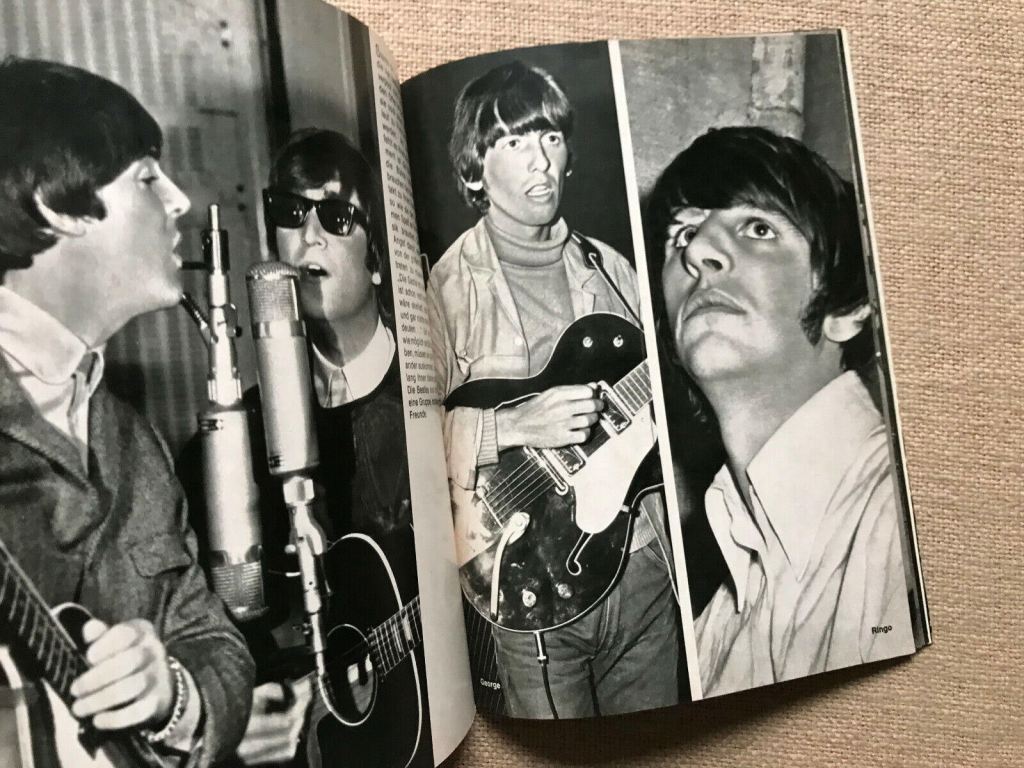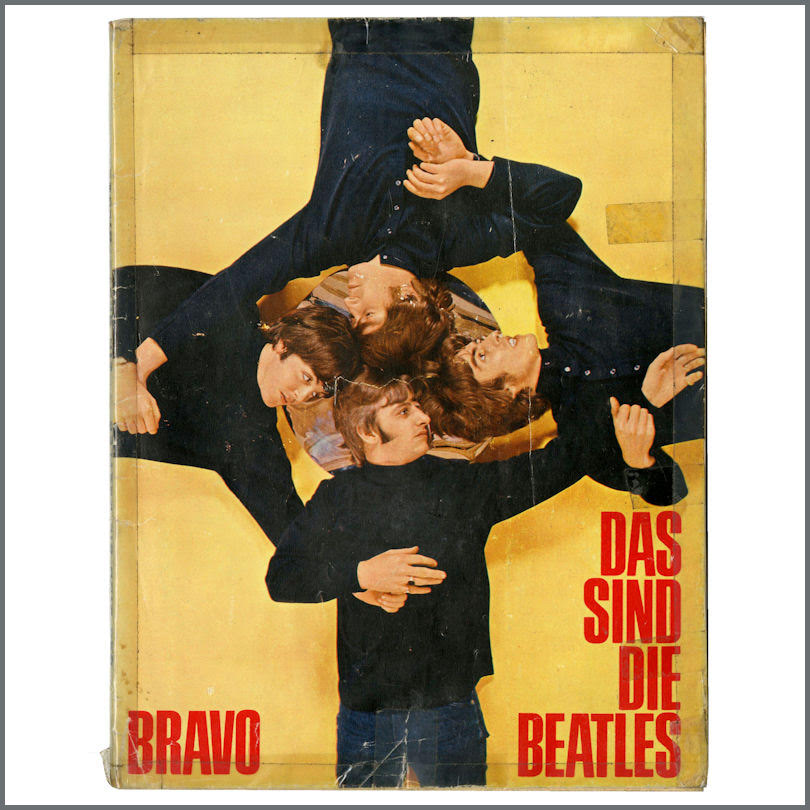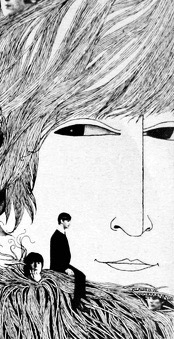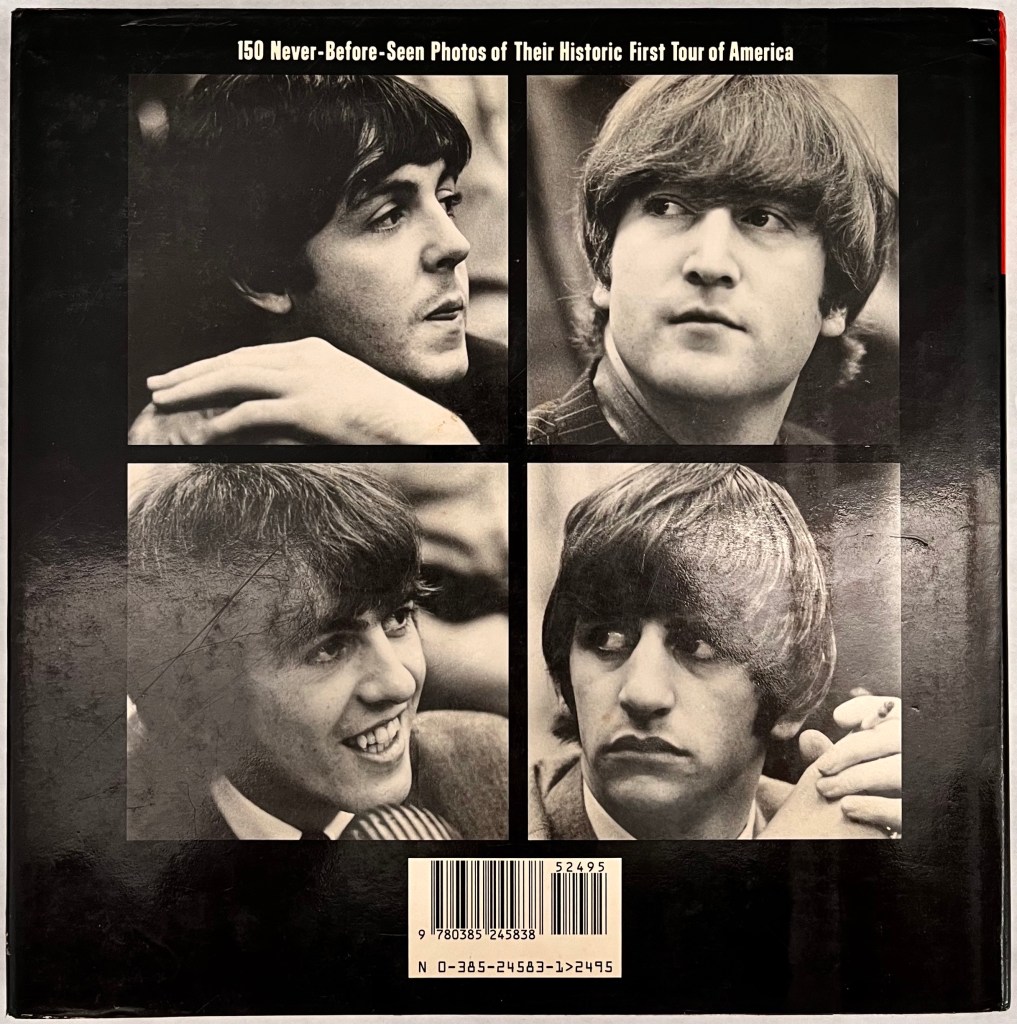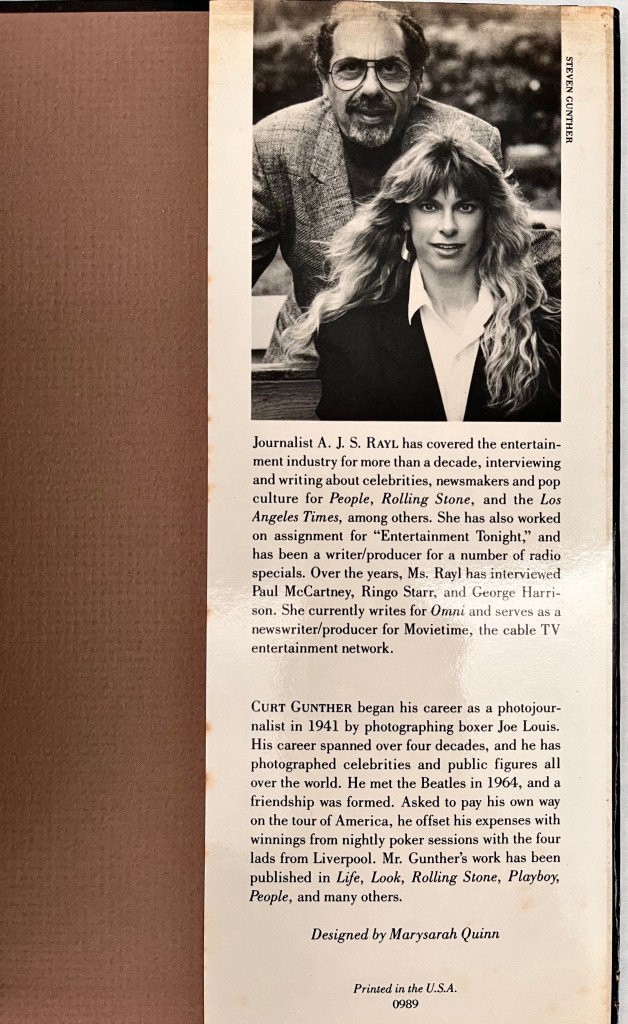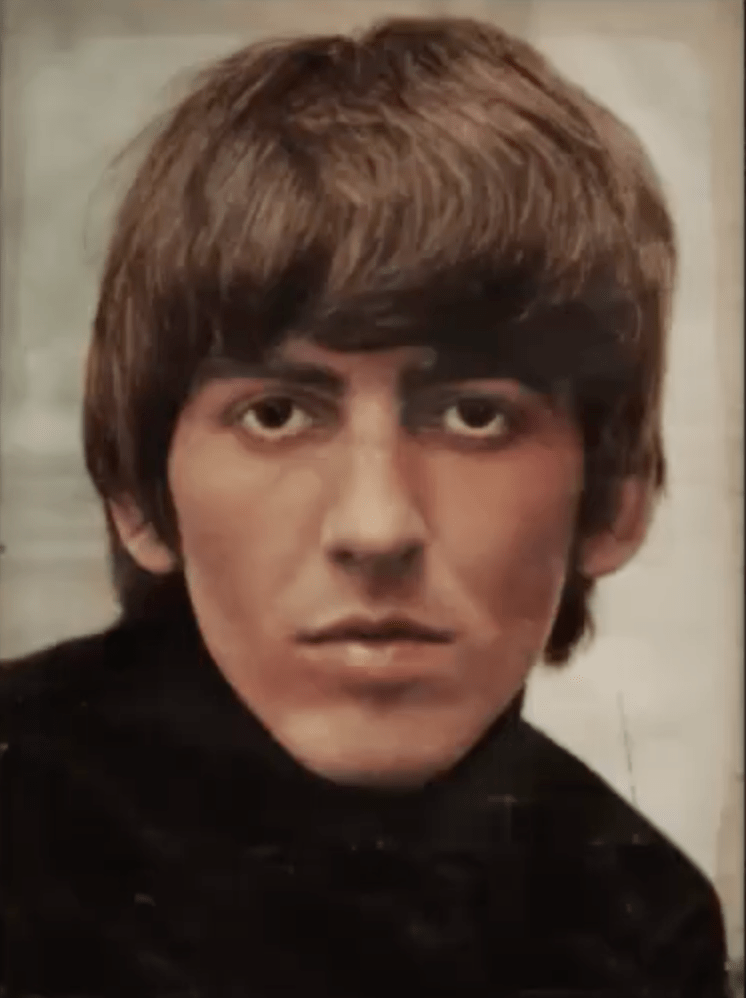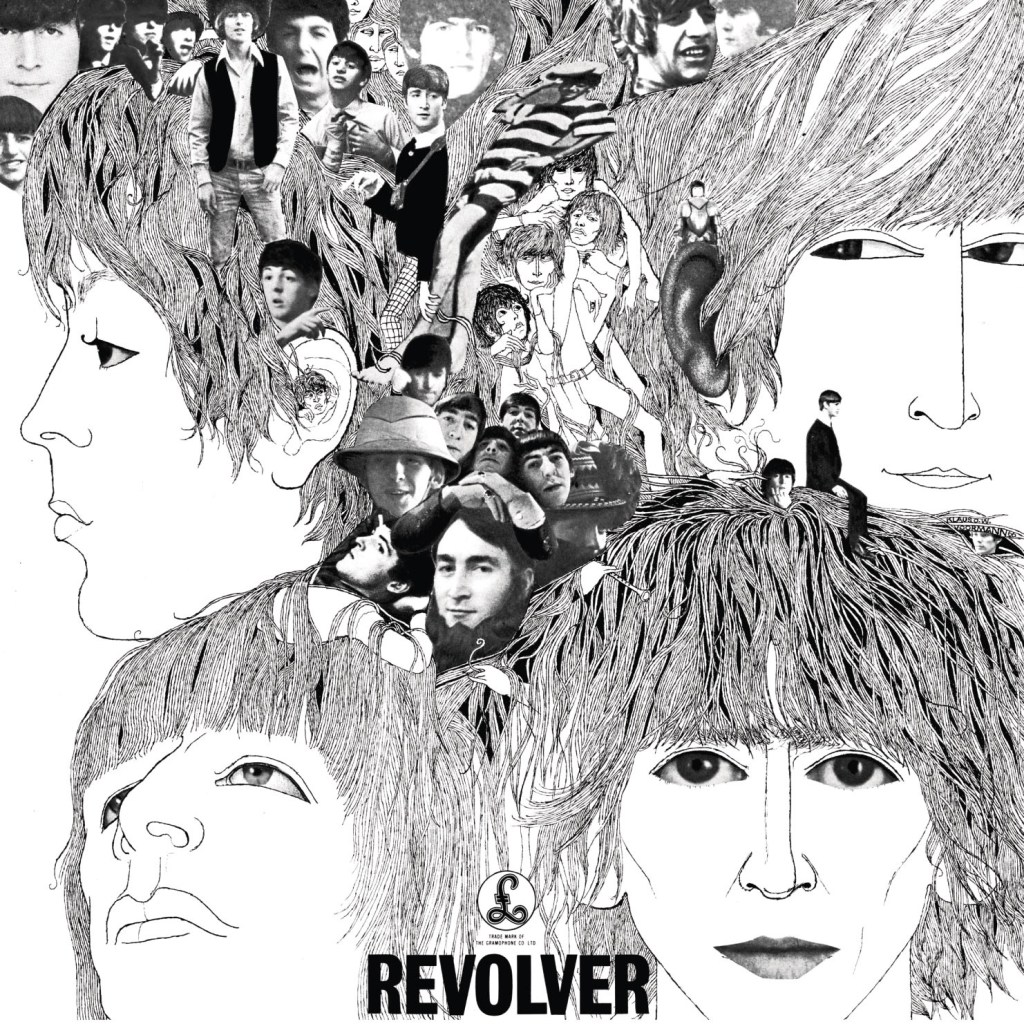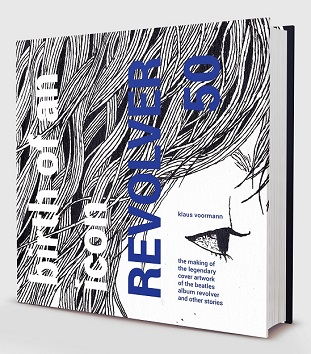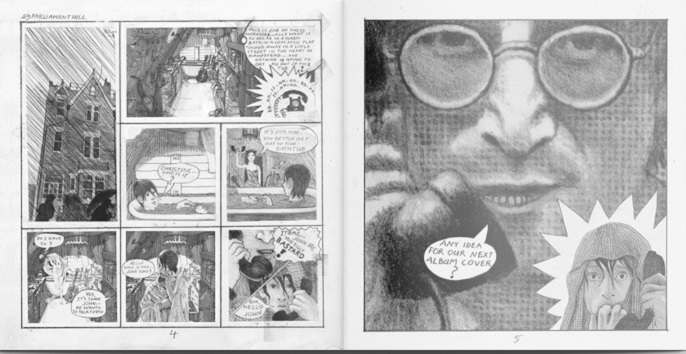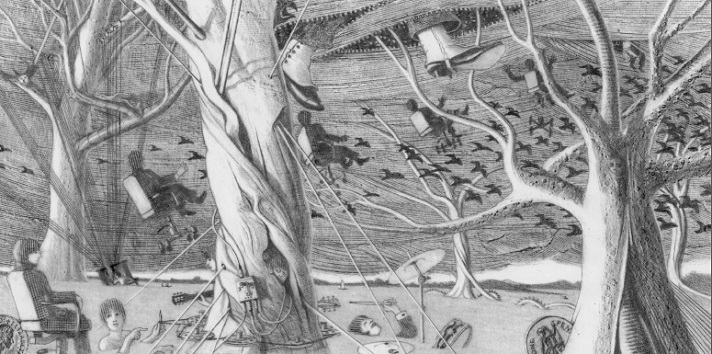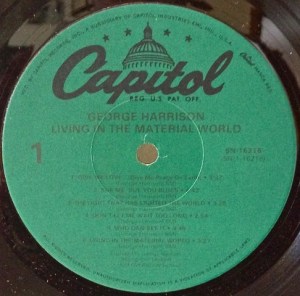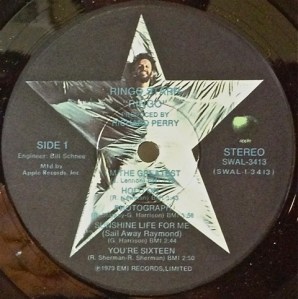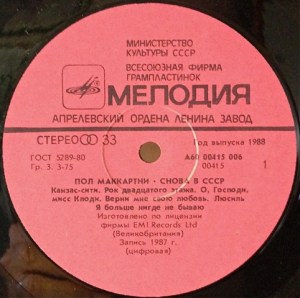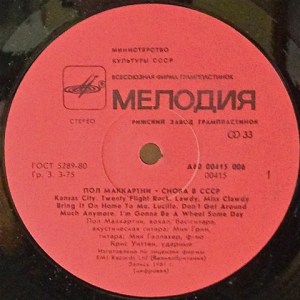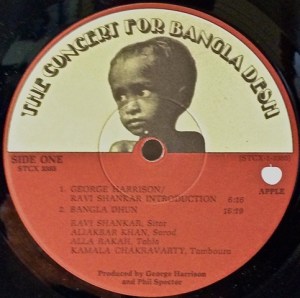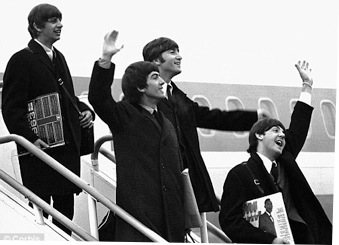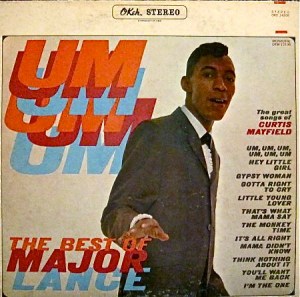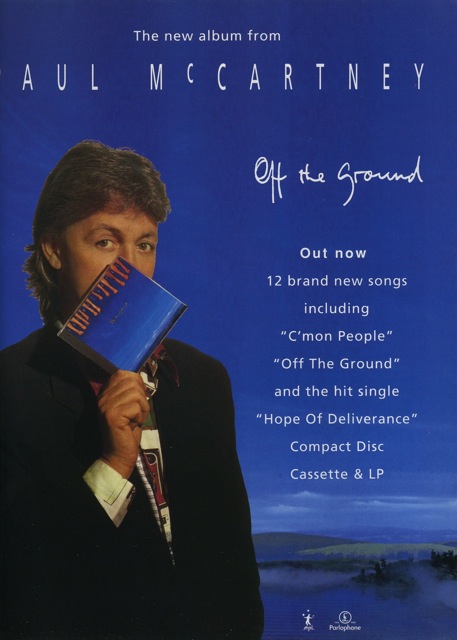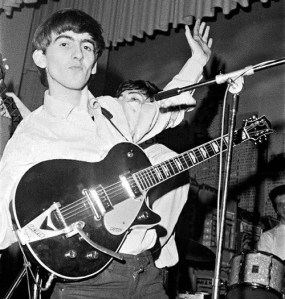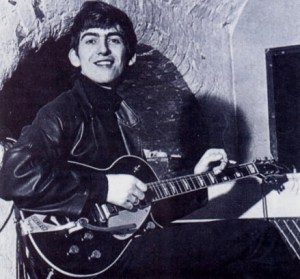We’ve had readers doing a lot more detective work and research into the photographs that Klaus Voormann used for his collage and line drawings for the famous Revolver cover.
In case you’ve missed it the story on our blog started here and here when we stumbled across a terrific montage detailing all the then known images used for the cover.
Turns out the author of that montage was Ukrainian Beatle fan Sergey, one of our readers! He wrote to us letting us know he’d first created it (way back in 2012!) for a Russian Beatles discussion forum called beatles.ru.
Sergey has since tracked down the source of the image of Ringo used as inspiration for the line drawing of him Klaus placed at the bottom left of the Revolver cover – the one where he is looking skywards.
We’re still not sure of the photographer, but it was published in a German booklet Das sind die Beatles which features a series of black-and-white photographs and short comments about each. It was produced by Bravo magazine for the 1966 Bravo Blitztournee tour, under the auspices of Beat Publication Ltd. The photographer details are not indicated, but Sergey sent us these photographs of the actual publication:
We then published what we feel is another piece in the mystery – the photograph of John Lennon that was very likely the inspiration for Klaus’s line drawing of John at the top right-hand side of Revolver. You can read about that here.
That prompted two other readers – Tom and burnham42 – to offer up even more clues. These revolve around the source images for the three small Beatle faces (and two hands) on this part of the cover:
burnham42 wrote:
I think the one of the three small photos top left is in The Beatles Anthology book page 70 (in my French edition). You can also find it on pinterest. The photo was taken on the way to Hamburg. There is John, Paul, George and Gerry and the Pacemakers in the photo. The man on the floor (George?) is pulling a face and you even have the hands that Klaus also used.
Well, drag out your English edition of The Beatles Anthology book too if you have one because the image is also on page 70 there as well:
The Anthology Book says the photo is from George Harrison’s private collection. The caption in the book reads: In a lay-by on the road to Hamburg and the Ost See. Me, Paul and John with Gerry and the Pacemakers.
We have George and Paul, who are standing on the left, and John sitting on the ground pulling a funny face.
Voormann has cut out three sections of this image. Paul has been placed to the left, his raised arm now just below George’s face. And he’s cropped John’s face to make it appear he has a Beatles hair-cut, and tilted it so that it is more upright. His hand from the image is also used, but also at a different angle.
So, one more mystery solved!
Following all this, Sergey has been back in touch and has offered up a revised, updated version of his original Revolver cover “sources” montage. Here it is:
Please click on the image to see a larger version.

